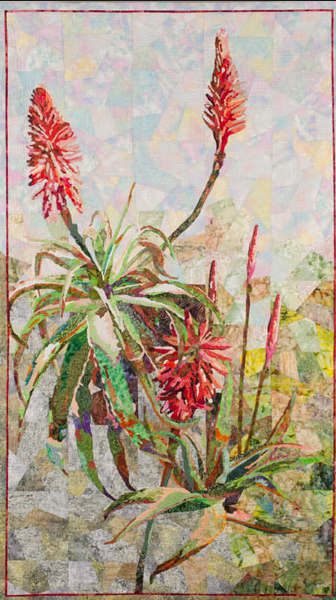
This is our last lesson devoted to value, and if you have been following along in our design series, you have learned how important of a role both color (Lesson 13) AND value (Lesson 19) play when selecting your fabrics. Whether it's an art quilt, or one steeped in tradition, here is a quick review with easy to remember tips to keep in mind for creating your next successful quilt:
- In the most basic terms, value is the lightness or darkness of a color. There are generally three categories of value: high, low, and mid.
- High value means colors that have a great deal of light in them, with white being the highest of high value colors. Low value colors are darker, with black being the lowest of low value colors. Mid value colors are those that do not lean to the very light or very dark, and as such, are very appealing to quilters.
Easy terms to remember:
High - Light, Airy, Delicate
Low - Dark, Earthy, Heavy
Mid - Middle of the road
Aloe Vera by Grace Errea (Image courtesy of Grace Errea)
- The key to achieving success is to remember that when selecting fabric, try to incorporate a very wide range of tints, tones, shades, and pure color. That way your design will have contrast, depth, and volume.

- Alex discusses the importance of value when it comes to selecting fabrics for a quilt in Show 404: Paying Attention to the Details.
- And last, but not least, use easy to follow tools such as the Ultimate 3-in-1 Color Tool to help keep you on the right path. Each of the twenty-four pages illustrates the pure color, tints, shades, and tones of a family, allowing you the opportunity to select from a wide array of fabrics to help you make YOUR quilt more interesting.
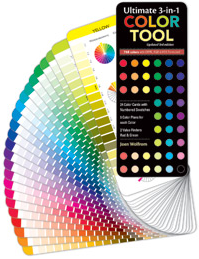
Fiber artist, designer, quilter, and author, Grace J. Errea (Show 1303: Discover the Rewards of "Value-Based" Quilting), began quilting in 2000. Her art focuses on the depiction of inspiring scenes in a value based contemporary-realistic manner. Grace is a self-taught artist and her work illustrates and has been recognized for exceptional primary use of values and secondary use of color. Her focus on value makes it easy for her and her students to create inspiring botanicals, landscape scenes, and portraits, in any color.
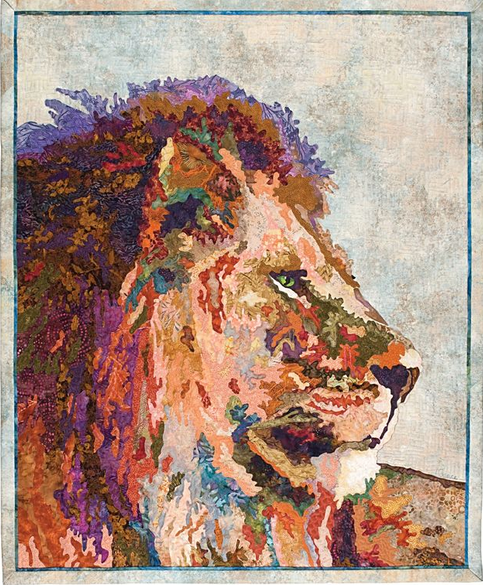
Color Harmonies
by Grace Errea (Show 1303)
(All images by Grace Errea unless otherwise noted)
First comes VALUE, and then comes HUE/COLOR. When discussing Color we need to talk about Color Harmonies, which are combinations of hues that work well together, support each other, and create amazing artwork. Once the value of your piece is decided, then hue can be finally defined. Color Harmonies are important as some hues combine better than others. For this we will refer to the standard Color Wheel.
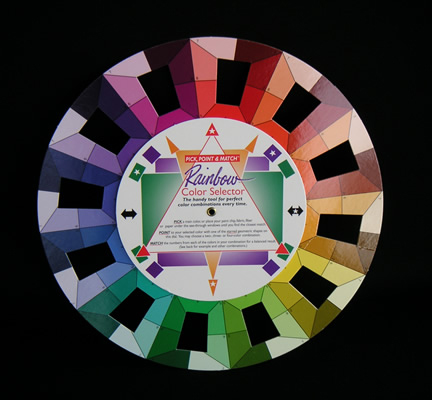
There are a few Color Harmonies that should be mentioned:
Achromatic – just black and white. Value does not exist in this realm, as it is ONLY black and white. Well, let’s stretch the point a little. Even here Value can be pushed a bit.

There are only 2 distinct and separate hues in this harmony. Values are determined by how much of each of the hues (black or white) is present, rather than the smooth transition you obtain when hues are mixed with white or black to create values.
Compare the Black and White Blade to the Blue blade.

Notice here that in Value 1 of the achromatic harmony, you have mostly white and very little black. This black increases as you move through the values until Value 8 is exactly the reverse.
Monochromatic – One Hue.
Fur Blue is an example of a monochromatic color harmony, i.e., one Hue. With only one hue, you need to use value to the fullest. There is nothing else to juxtapose to create your design.
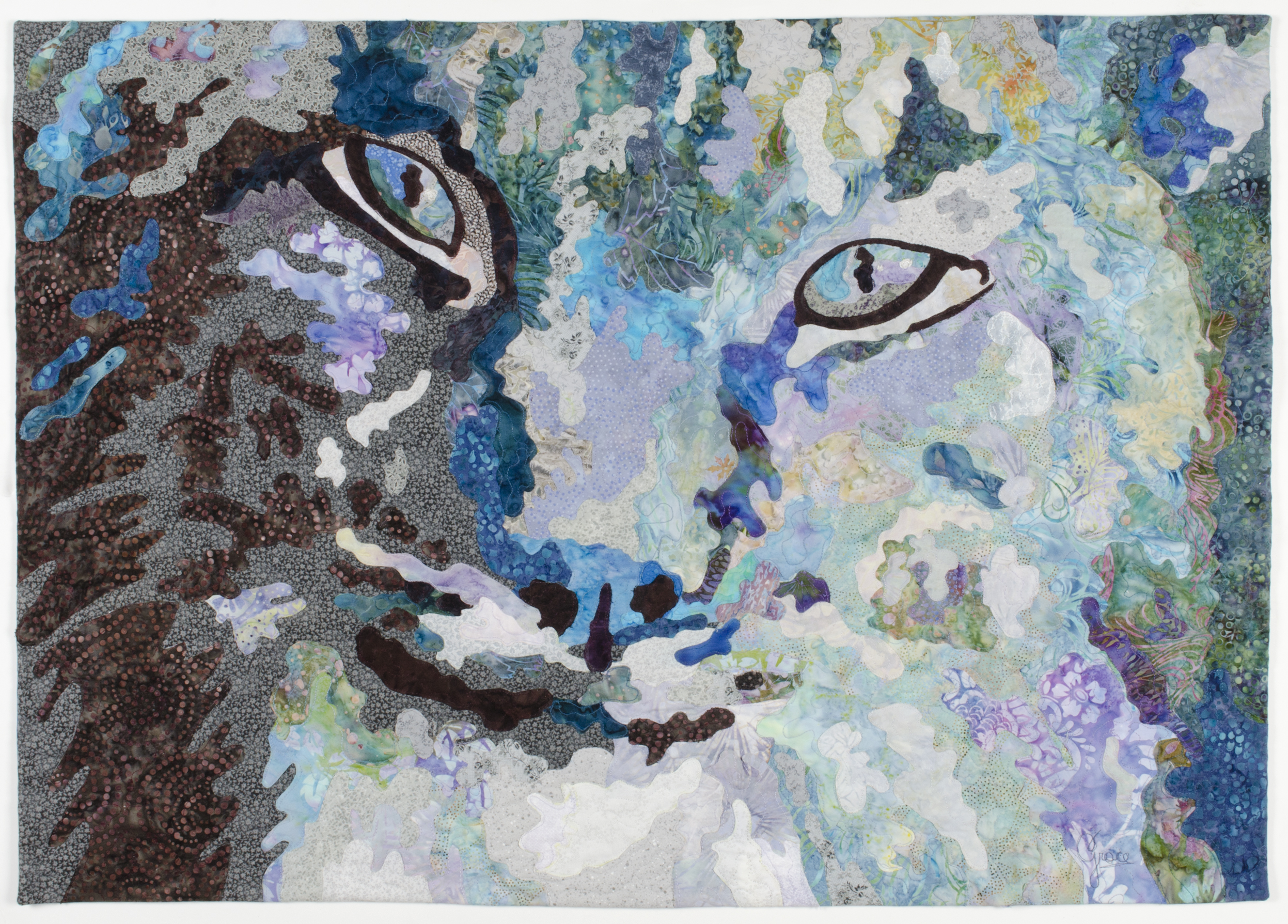
Complimentary Harmony – opposites on the color wheel.
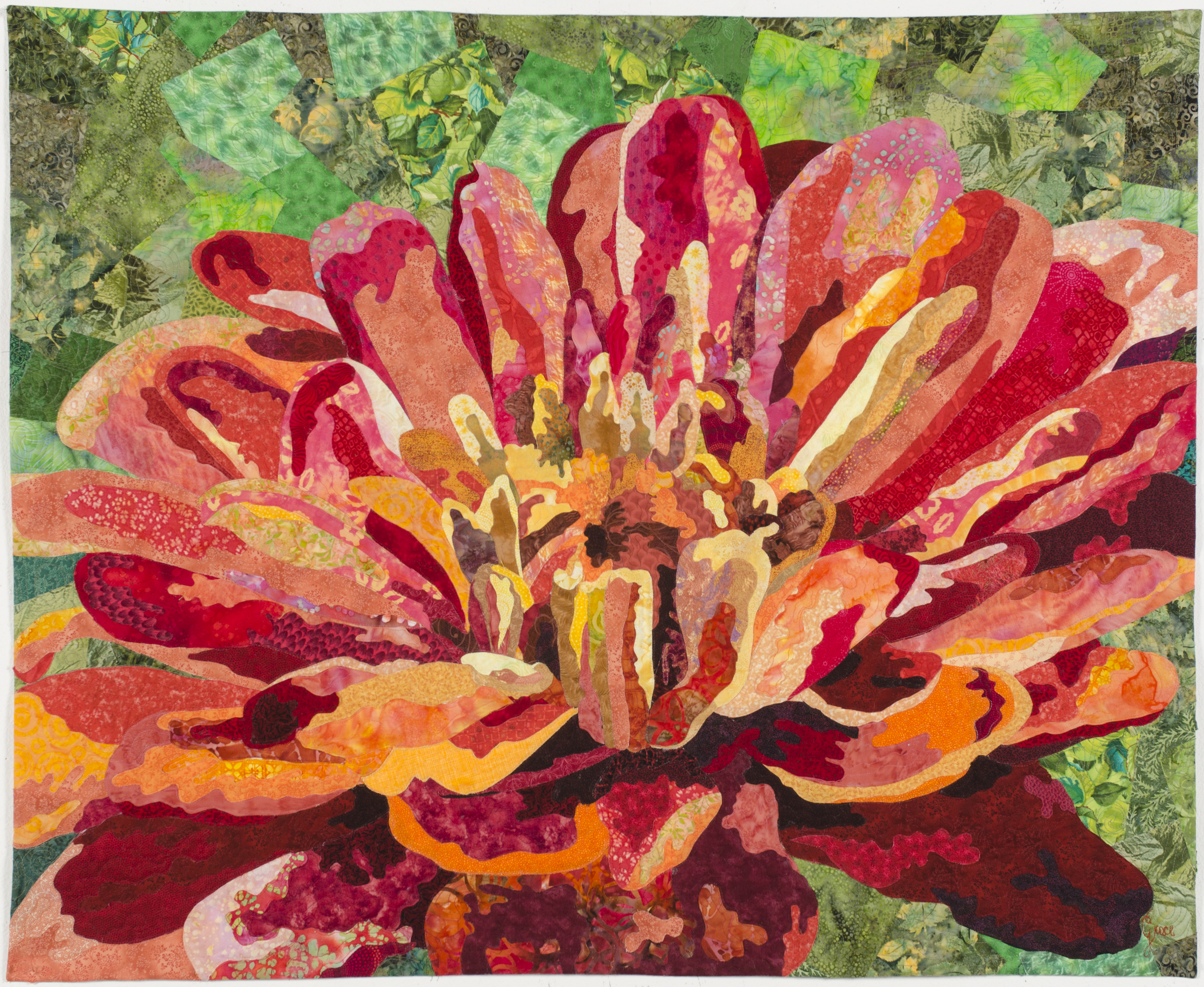
In this harmony you work with one primary hue and its compliment - a secondary hue. The complements couples are Red/Green, Blue/Orange, and Yellow/Purple. With the complimentary scheme, you need not be as careful about Value. Complimentary colors look brighter side-by-side as they possess a dynamic contrast. In Samba Zinnia, the red is about a value 5, and is seated next to a green, also value 5-6.
Analogous Color Harmony - Three adjacent hues on the color wheel.
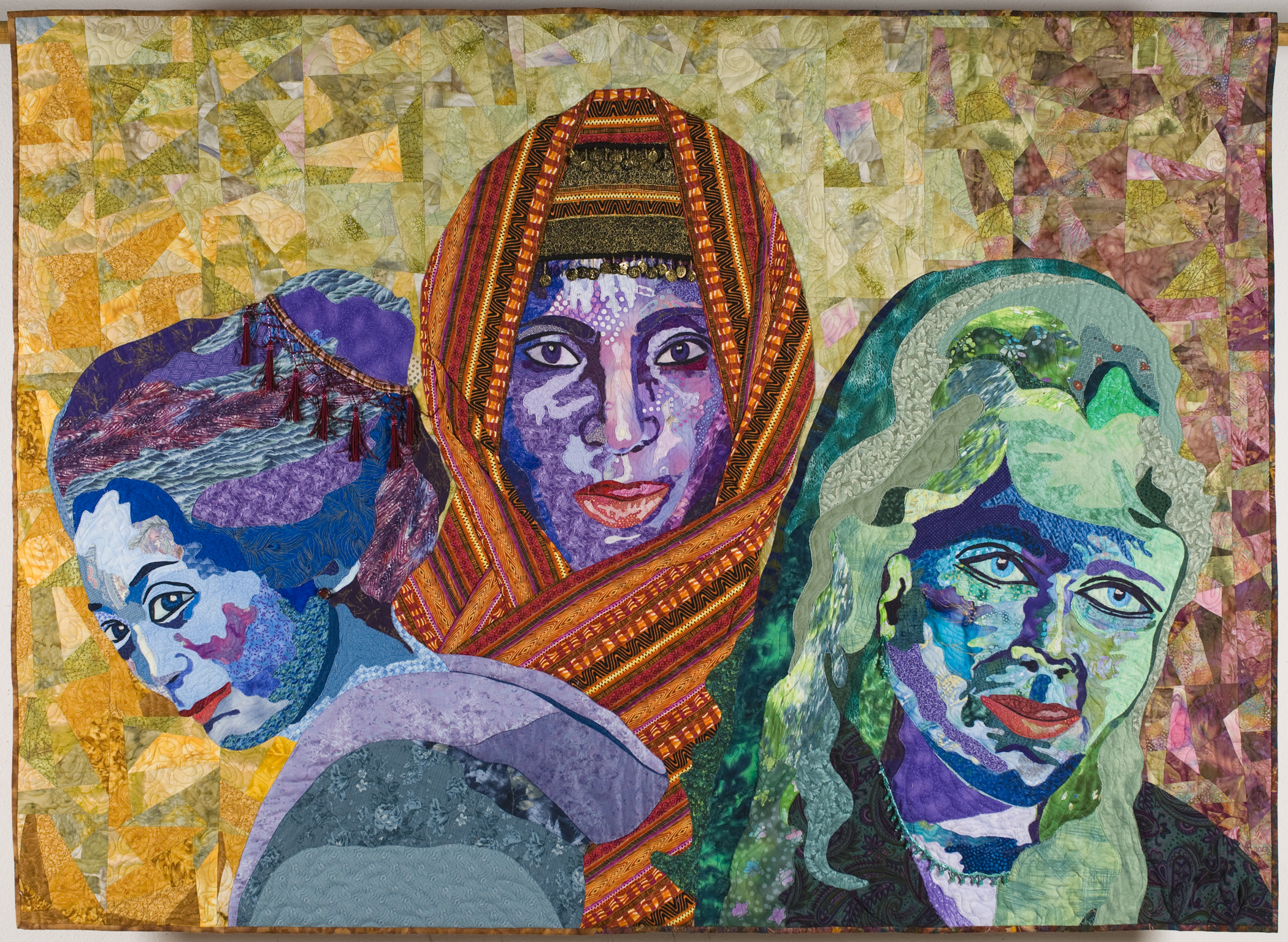
This color combination is always harmonious and each hue enhances the other. In this harmony, one of the hues is common to the other two. In Women of Color you see the blue face, the purple face, and the green face. The common hue is Blue, since green and purple are both created by using blue as one of their components.
Triadic Color Harmony - Three Primary hues or three secondary.
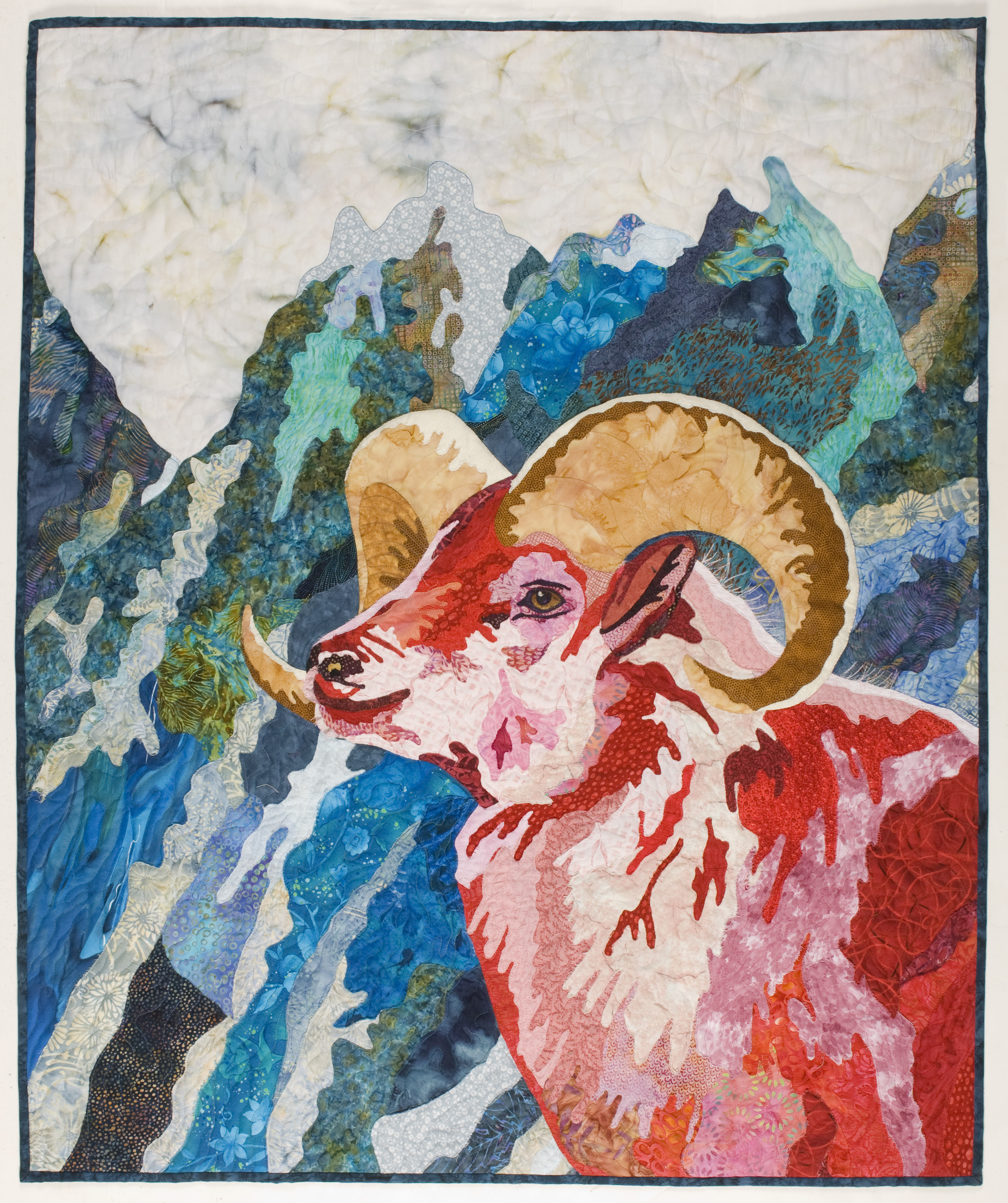
On the color wheel these are the three points in an equilateral triangle. The Red Ram displays the 3 primary colors of Red, Blue, and Yellow. Another Triadic combination is the 3 secondary colors of orange, purple, and green.
Rainbow Color Harmony – Last but not least, this is a pleasing combination of all the hues. Rainbow Canyon is an example.

There is no Practice Exercise this week, but we do suggest that you might want to review past lessons as there will be a review quiz coming in the next few lessons.
Click here for more topics related to The Art of Quilt Design program.




.jpg)


